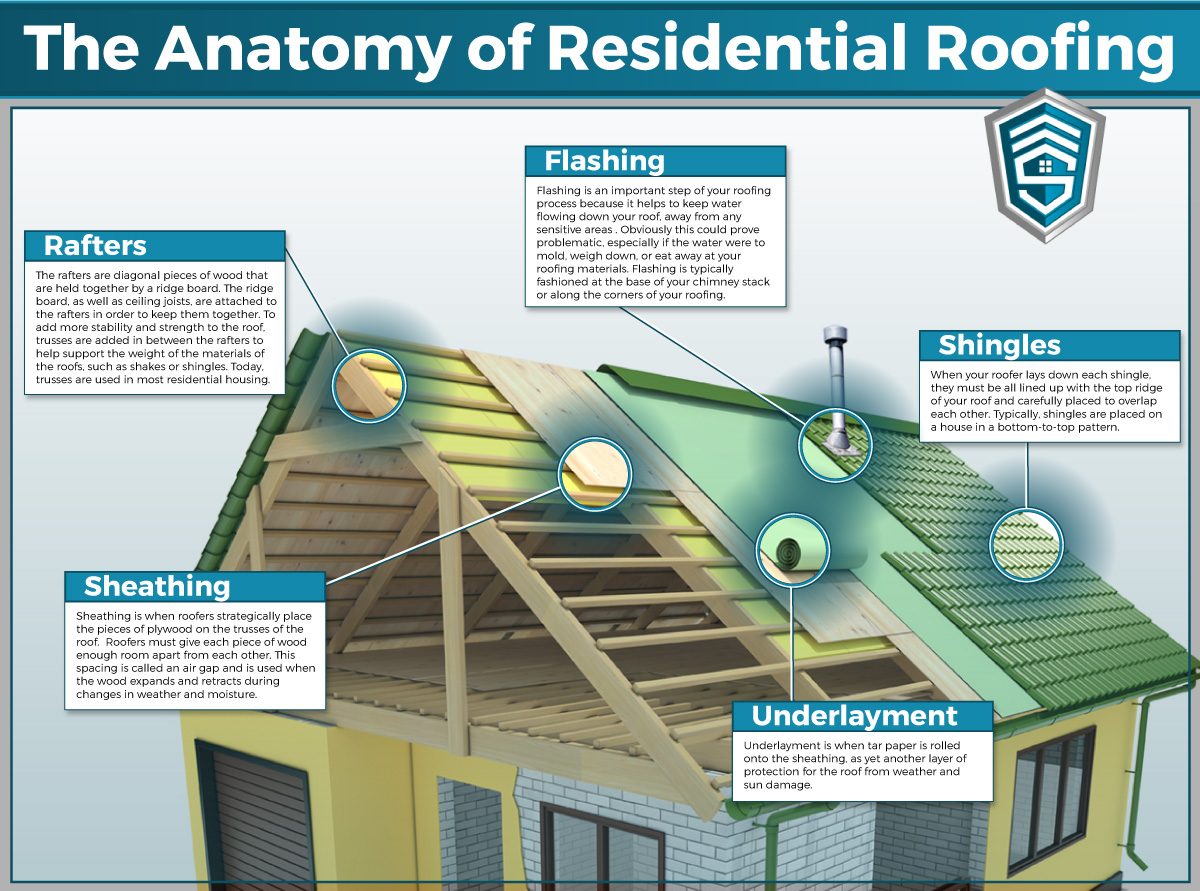Explore Just How Altering Weather Patterns Can Affect Your Roof Covering Installment And Safeguard A Task That Fulfills Your Requirements
Explore Just How Altering Weather Patterns Can Affect Your Roof Covering Installment And Safeguard A Task That Fulfills Your Requirements
Blog Article
Material Created By-Bennett Oh
When it concerns roof covering installations, the weather can make or damage the job. Envision the disappointment of dealing with materials that won't comply due to severe heat or battling slippery surfaces triggered by unforeseen rain. Comprehending the effect of climate condition on your roofing project is crucial for an effective result. So, allow's check out how different climate elements can affect the quality and sturdiness of your roofing installment, making sure a task well done.
Effect of Temperature Level on Roofing System Setup
When it concerns roof covering installment, temperature level plays a crucial role while doing so. The excellent temperature level for roof covering projects commonly drops between 45 and 85 degrees Fahrenheit. Extreme warmth can cause materials like shingles to come to be too flexible, resulting in prospective damages throughout installment. On the other hand, chilly temperature levels can make products weak and vulnerable to fracturing. It is very important to arrange roof covering setups throughout moderate temperature levels to make certain the best outcome.
During chillier weather condition, contractors may need to take extra precautions such as making use of warmed tools or allowing products to warm up prior to setup.
In contrast, heat may require job to be done previously or later in the day to avoid the peak temperatures. By considering the temperature level and its effects on roof covering products, you can aid ensure a successful installment that will certainly hold up against the elements for several years ahead.
Result of Precipitation on Roof Projects
Roof covering jobs can be dramatically impacted by precipitation, affecting both the timeline and the high quality of the installation. Rain or snow can create unsafe problems, making it hazardous for roofers to work with a damp surface. In addition, moisture can compromise the bond of products like tiles or underlayment, leading to prospective leakages or damages in the future.
If it rains during a roof job, the water can permeate right into at risk areas, creating hold-ups as the setup crew should wait on the roof covering to dry before proceeding. https://www.construction.com/dodge-newsletters/residential-roofing-continues-to-climb can also promote the development of mold and mildew and mildew, further threatening the integrity of the roof.
To stay clear of these problems, it's advised to set up roof covering tasks throughout drier seasons or monitor the weather forecast carefully to plan about any type of possible rainstorms. By taking preventative measures to operate in beneficial weather, you can guarantee a smoother and extra effective roof installment process.
Impact of Wind Rate on Setup Success
During roof covering setup, the speed of the wind plays a vital role in establishing the success of the project. High wind rates can position considerable obstacles to roofing contractors, potentially causing security dangers and quality concerns. When wind speeds exceed suggested limitations, it becomes difficult to manage materials, raising the risk of mishaps and damages to the roof materials. Strong gusts can likewise impact the accuracy of measurements and the precision required for correct installment.
To make certain a successful roofing installation, it's necessary to monitor and take into consideration wind rates. Ideally, roof installment need to happen on days with low to modest wind speeds. This not just improves the safety and security of the employees but also enhances the general high quality of the installation.
Roofing jobs set up throughout calm weather conditions are more likely to be finished successfully and with fewer errors. By taking notice of wind rate forecasts and preparing accordingly, you can help make sure a smooth and effective roof covering setup procedure.
floor installation contractor near me , when it involves roof setup, keep in mind to think about the climate condition to make certain an effective work. Ideal temperature levels, dry conditions, and modest wind rates are vital factors to prioritize for a smooth setup process. By scheduling your task during the most effective seasons and suitable climate condition, you can achieve a durable and resilient roofing system that will certainly protect your home for years to come.
